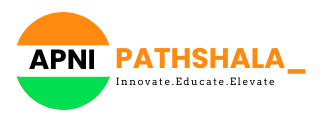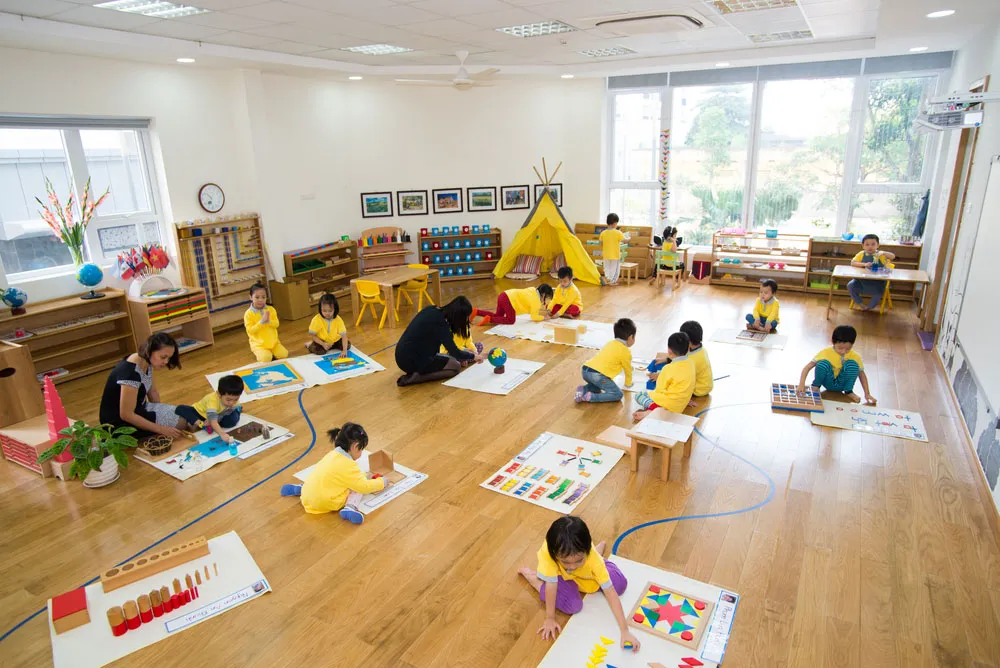The education system in India is broken because it forces kids to cram. Rather than just emphasizing memorization and regurgitation during exams, the system should focus more on the overall development of the student, assist them in discovering their true skills, and provide support so that they can pursue the activities that they truly love and enjoy, rather than judging themselves solely based on grades.
Worldwide, many parents are dissatisfied with the current teaching strategies and are looking for alternate learning environments, many of which include learning pods. Learning pods come in various shapes and use a range of educational strategies. Regardless of the format, all pods work to close the gap left by the educational system.
Our children need to engage in more in-depth learning if they are to succeed in the twenty-first century. ApniPathshala is here to offer new hope for a better future in the education system.
Below are some of the education methods that are used worldwide for running learning pods.
Montessori method
One educational approach that emphasizes active learning, group play, and self-direction is Montessori. A teacher oversees the children while also engaging them in a variety of activities that are age-appropriate and generally directing the learning process.
The Montessori approach encourages kids to make independent, creative decisions and take responsibility for their actions. Typically, Montessori classrooms are specially created spaces that serve kids in a specific age range (it is noteworthy that traditional grade divisions are not considered to be the best way to teach children). Every object in a Montessori learning pod is specifically positioned to foster a child’s intellectual growth. By interacting with their surroundings and drawing logical conclusions with the aid of their teacher, Montessori students learn at their own pace.
Depending on the child’s age, the learning objectives change a little. The main emphasis is on encouraging confidence and trust in oneself and the environment, as well as on the development of coordination, language, and fine motor abilities. The Montessori approach encourages mental development through transparent communication and natural outcomes.
Reggio Emilia method
The widely used educational philosophy known as Reggio Emilia was developed in northern Italy. In essence, it is a technique for observing what fascinates kids naturally, what challenges them, and what they already know. Teachers document their observations in writing, and then they analyze those records to come up with strategies for assisting students in realizing their full social and academic potential.
The teachers’ approach to their students is what distinguishes this method. Children are seen as knowledgeable, capable, inquisitive, and competent. Teachers build the learning environment in a way that will enable their students to realize their potential since they are well aware of it.
The Reggio Emilia model also promotes communication and teamwork. A key element of the Reggio Emilia method is the learning environment. The activities that children participate in are carefully designed by the teachers in typical Reggio Emilia classrooms, which are well-organized. And in these challenging times, many thoughtful parents throughout the world are choosing Reggio Emilia learning pods.
Waldorf education method
A well-known method of instruction that was created about a century ago in Europe is called Waldorf education. Since then, it has been adopted by about 1000 schools and 2000 early childhood programs throughout more than 60 nations.
The threefold learning process is the cornerstone of Waldorf education. These three factors are: engaging the head (thinking), engaging the heart (feeling), and engaging the hands (doing).
Academic topics, the arts, and practical skills are all incorporated into the curriculum. Since 1928, Waldorf education has been offered in the United States, and it has grown in favor among parents who are fed up with the stress of the numerous, high-stakes assessments that currently support the traditional educational system. Parents who are concerned about the over-reliance of future generations on technology have also started to favor the strategy. Notably, many CEOs in the IT industry are choosing low-tech Waldorf schools to educate their children because they believe the approach has long-term advantages.
The common denominator for all these methods is they put the student in charge of their own learning so that learning becomes fun and meaningful

